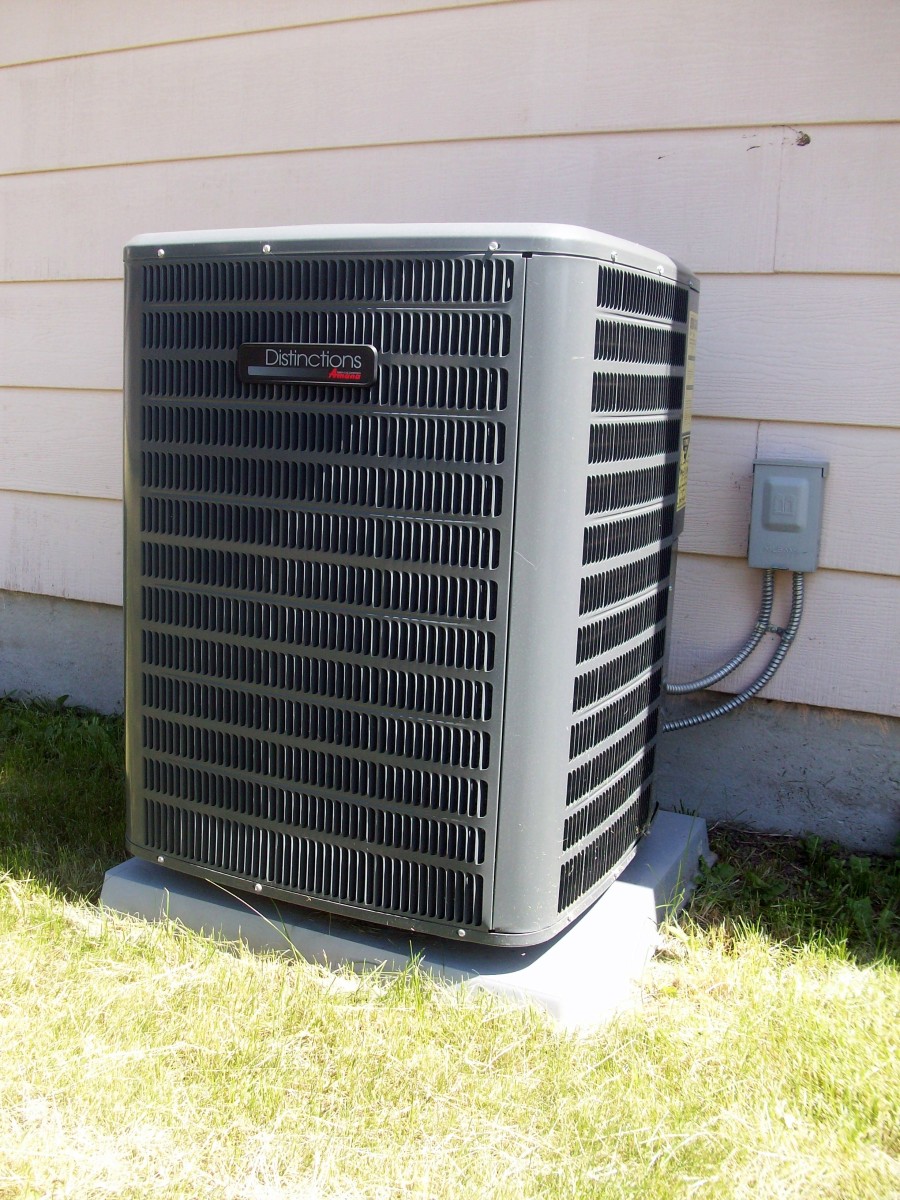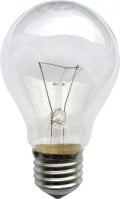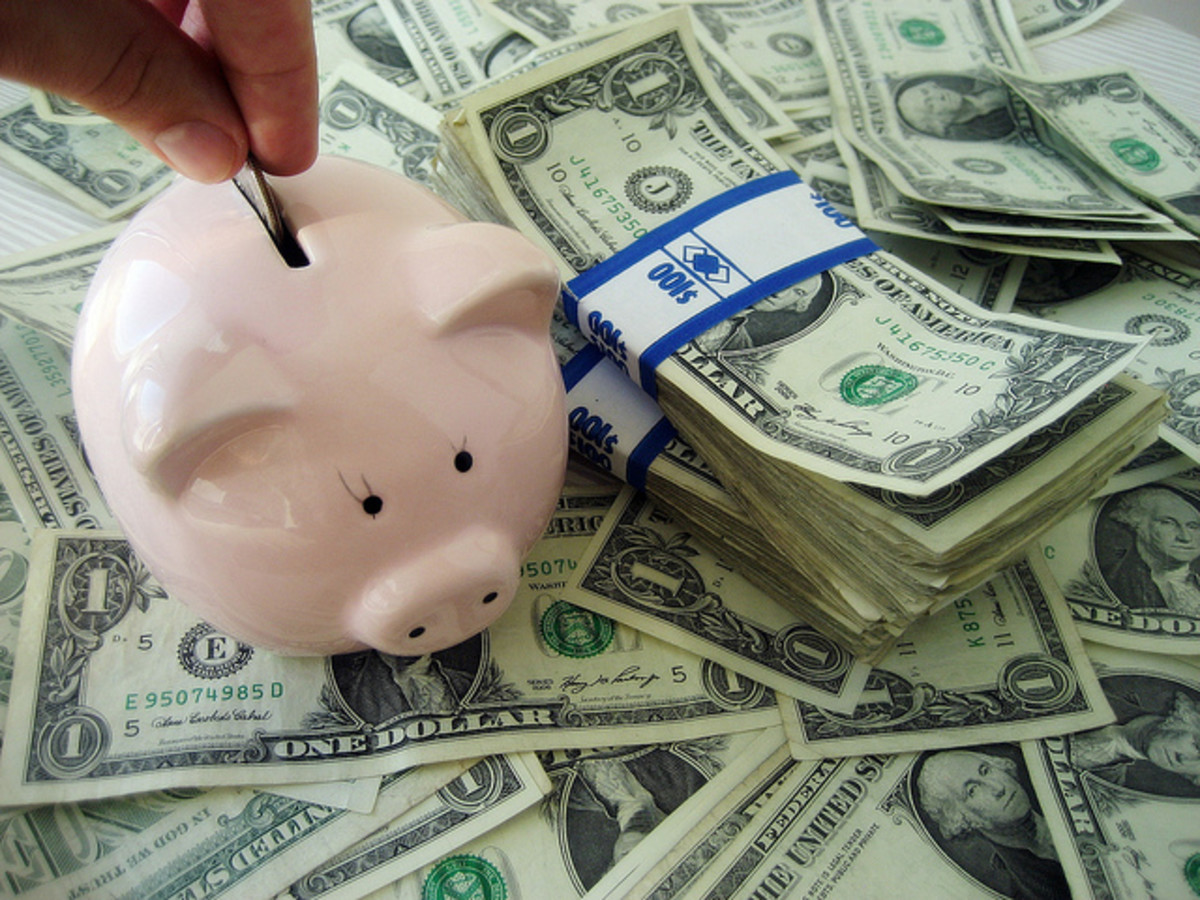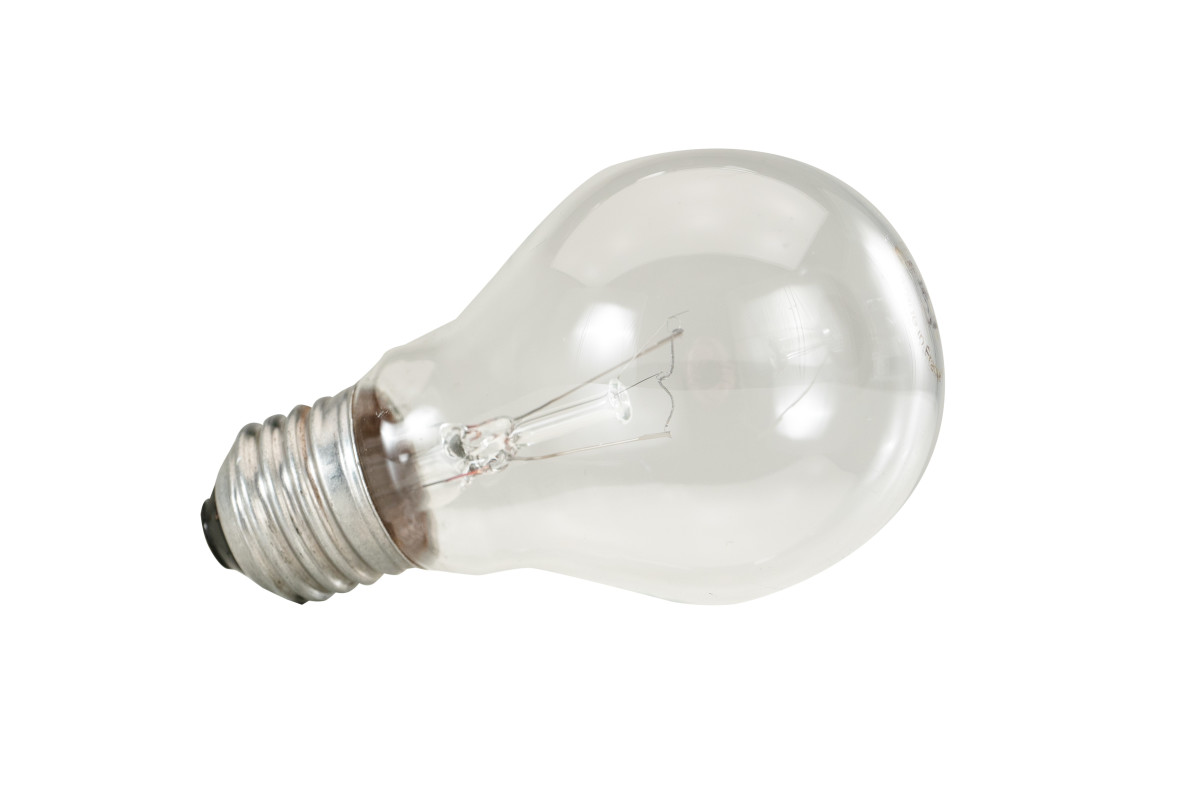- HubPages»
- Personal Finance»
- Frugal Living»
- Household Expenses
How to Save Electricity at Home - Tips and Tricks
With today’s flailing economy, people are constantly looking for ways on how to save money. The easiest way to cut down on your expenses is to start with your home. Saving money on electricity is an effective way of building wealth and saving the earth at the same time. There are a lot of things you can do to conserve energy but these are often overlooked. The cost of energy is also steadily rising so learning how to lower energy consumption is a must for everybody. To help you get started, here is a summary of the basic household appliances and tips on how to save electricity at home.
Tips to Save Electricity at Home
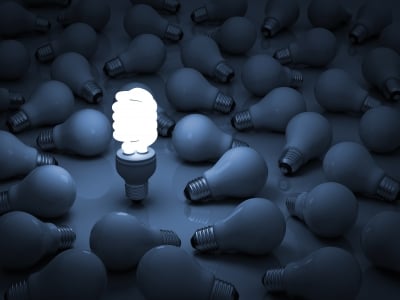
1. Lighting
- Use lamps that provide direct lighting over desks, bed, and other work areas instead of using bulbs that illuminate the entire room.
- Clean bulbs regularly. Dust may accumulate inside the bulbs, reducing its illumination.
- If an area of your home is infrequently visited or does not require too much light, use lower wattage bulbs.
- Abandon incandescent bulbs. Use compact fluorescent light bulbs instead. They consume less energy, last longer, and provide greater power.
- Use automatic lighting. This uses sensors to detect when a room is occupied. It automatically turns on light when you enter and off when you leave. This is perfect for almost any part of your house. This is an effective way to save electricity at home by making sure the lights are always turned off when a room is empty.
2. Television
- Always turn off the television when not in use.
- Instead of using the standby mode when you need to go away for a few minutes, turn off the TV. The standby mode consumes 10-60% of electricity.
- Remember that in general, the larger the screen, the higher the power consumption.
- Choose LCD screens with energy-saving LED technology. Not only do the pictures appear better, these screens also use less electricity.
3. Computer
- If you are going to be away from the computer for a few minutes, use the sleep mode or turn off the monitor. If you are not going to use the computer for an hour or so, turn the computer off.
- Use a power strip for printers, speakers, and other computer accessories. Turn off the power strip when these accessories are not in use. If you do not have a power strip, unplug the hardware that is not in use.
- Adjust the brightness. Adjusting the brightness affects the amount of light emitted by the monitor's backlight.
- Similar to televisions, you can choose smaller screens as they consume less energy.
- Consider using a laptop instead of a desktop as laptops use less energy.
4. Washing Machine
- Read the energy guide label. This provides information as to how much energy is used by a specific model of washing machine. Make sure to read this when choosing which model to buy.
- Fill the washing machine with water that is appropriate for the amount of load.
- Use the right amount of detergent. Using too much detergent makes the washing machine consume more energy because it needs more work to rinse it off.
- Choose front loading machines. Front loading machines cost a little bit higher compared to top loading machines. However, front loading machines generally have a larger capacity, use less water, and consume less electricity.
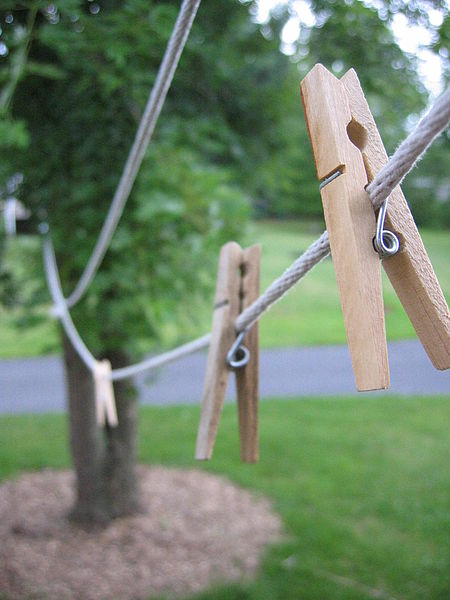
5. Clothes Dryer
- The best way to save electricity with your clothes dryer is to not use it at all. You can go old school and set up clotheslines in your backyard. Let the heat of the sun do the job of drying your clothes.
- Sort out your clothes. Lightweight synthetics dry quicker compared to thick clothes such as towels and natural fibers. Grouping together clothes and fabrics of the same thickness lets the machine work more efficiently.
- Squeeze clothes manually before placing them in the dryer. This reduces the amount of work of the dryer.
- Do full loads. Make full use of the dryer’s capacity while making sure that you do not overload.
- Dry two loads in a row. After the first run, heat still remains in the dryer so take advantage of this.
- Clean the filter to improve air circulation.
- Do not locate your clothes dryer in a cold or damp place. An unheated area will make the machine work harder and less efficiently.
6. Clothes Iron
- Do not overheat the iron. Use the appropriate heat setting for the type of clothing you are ironing.
- When you have a few clothes left to iron, you can unplug the iron and make use of the remaining heat.
- Iron in bulk. When the iron is plugged, you have to wait for a few minutes for it to have enough heat. When you iron in bulk, you can remove this waiting time and save electricity. You can also iron fabrics that require less heat first.
Microwave Oven Electricity Cost Calculator
- What does a microwave cost to run - energy saving appliances
Microwave oven running cost and average electricity usage, compare energy saving appliances.
7. Stove
- When heating water, use a kettle instead of a stove. If you choose to use a stove, turn the heat down when the water has boiled.
- Use pans and pots with a flat bottom. This allows heat to be transmitted to the pan more quickly.
- If it will not affect the process and quality of your cooking, cover pans and pots to prevent heat from escaping.
- Always be careful when cooking. Overcooking wastes energy, destroys your food, and can lead to fires.
- Use a microwave oven if it is enough to get the job done. It consumes a lot less energy than a conventional oven.
- Keep the door of the oven closed as much as possible especially if you can check the food just by looking through the window. Opening the door of the oven causes heat to escape.
Comparison of energy consumption of different types of ovens
Temperature (degrees F)
| Time
| Energy Used
| Cost
| |
|---|---|---|---|---|
Electric Oven
| 350
| 1 hour
| 2.0 kWh
| $0.24
|
Gas Oven
| 350
| 1 hour
| 0.35 kWh
| $0.21
|
Microwave Oven
| High
| 15 minutes
| 0.36 kWh
| $0.04
|
Citizens Campaign for the Environment, and Home Energy 1993 and 2001. Assumes $0.12kWh for electricity
8. Refrigerators
- Choose a size that is appropriate for your needs. Bigger refrigerators consume more energy.
- Defrost regularly.
- Make sure there is enough space between the wall and the refrigerator. This allows heat to be freely released from the condenser coils.
- Use a vacuum cleaner or a broom to clean the condenser coils at least twice a year.
- Make sure that the door seals are in good condition.
- Do not leave the doors of the refrigerator or freezer open for a long time. Open the doors as little as possible and close it immediately after you have grabbed the item you need.
- Do not place hot food in the refrigerator. Allow it to cool first.
- Replace old refrigerators. If your refrigerator is over 10 years old, it is highly recommended to buy a new one. Old refrigerators consume much higher energy compared to new ones which are designed with energy-saving technology.
9. Air Conditioner
- Increase the temperature. Adjusting the temperature even by just 1 degree can reduce electricity consumption and you can barely notice the difference.
- Ensure that the room is properly sealed. Check if the doors and windows properly fit and that there are no spaces on the seals.
- Use the appropriate size for your room. Take note of the size of your room and how many persons occupy the room. Using a big air conditioner in a small room will just be a waste as it uses more electricity and increase electricity bills.
- Make sure that the thermostat is working properly. Set it to the comfortable zone which is between 70-75 degrees.
- Place the unit in a shaded area. If the air conditioner is exposed to sunlight, it needs to work harder and uses more electricity.
- Check the filter at least once every month. Also ask help on how to clean the condenser coils and fans.
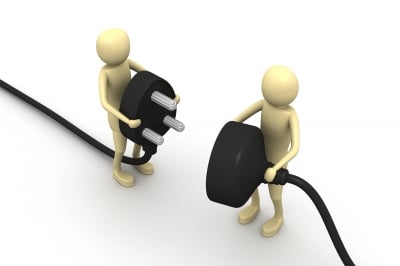
10. Other Appliances
- Only use a dishwasher when you have a full load of plates to wash.
- Do not fill a kettle right to the top especially if you intend to use just a small amount of the heated water.
- If you have a swimming pool, operate the filter pump for minimum periods.
- If you are not using certain appliances, unplug them. Pulling those plugs out of the sockets is one of the easiest ways to save electricity at home.

